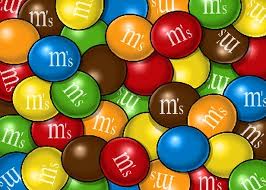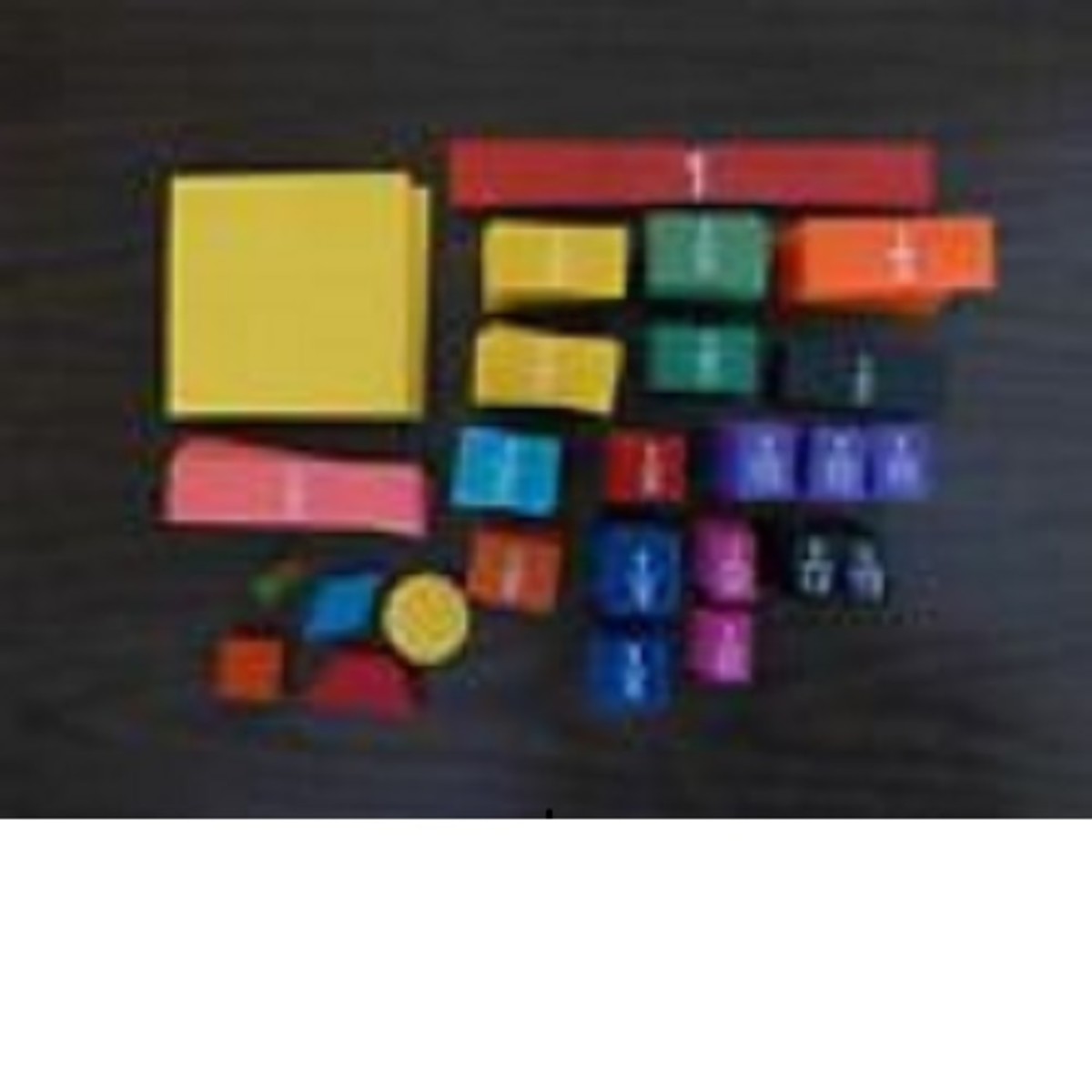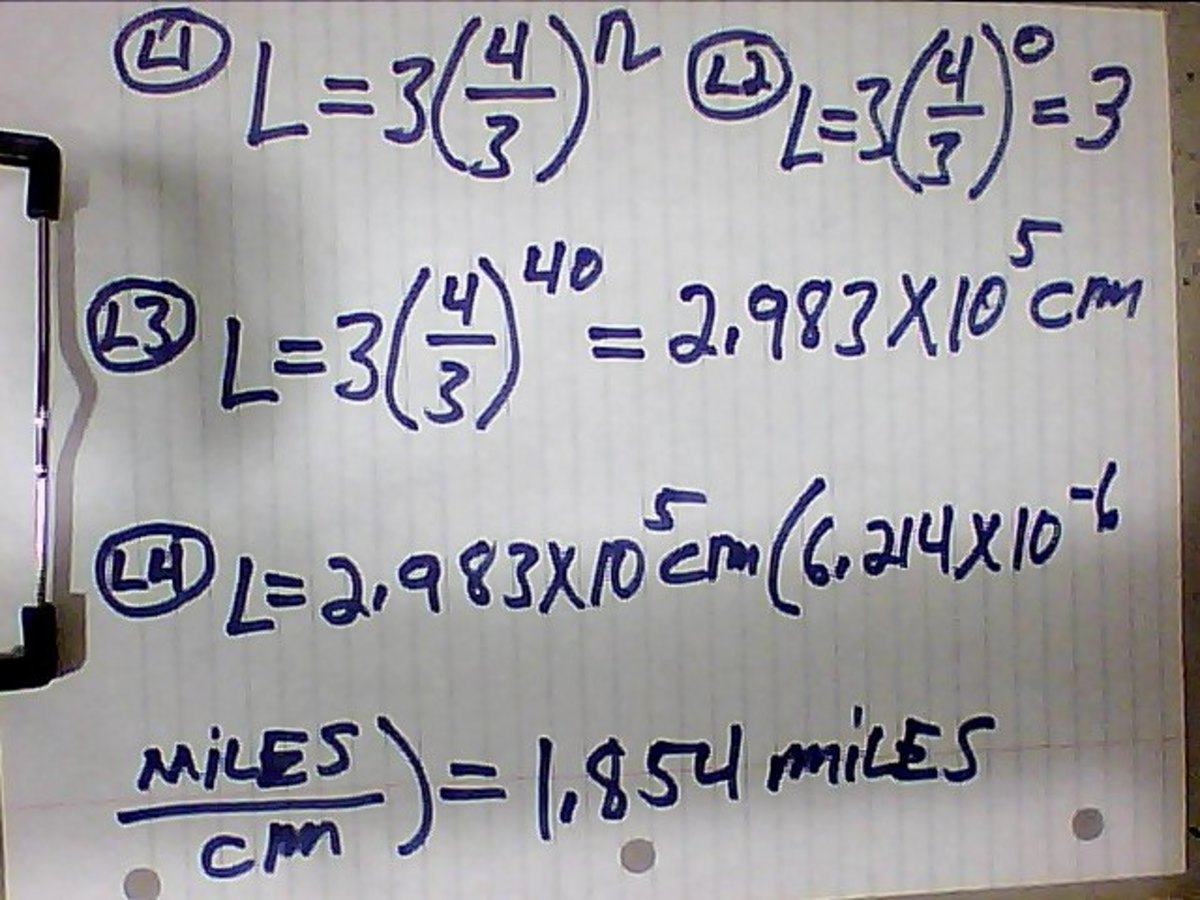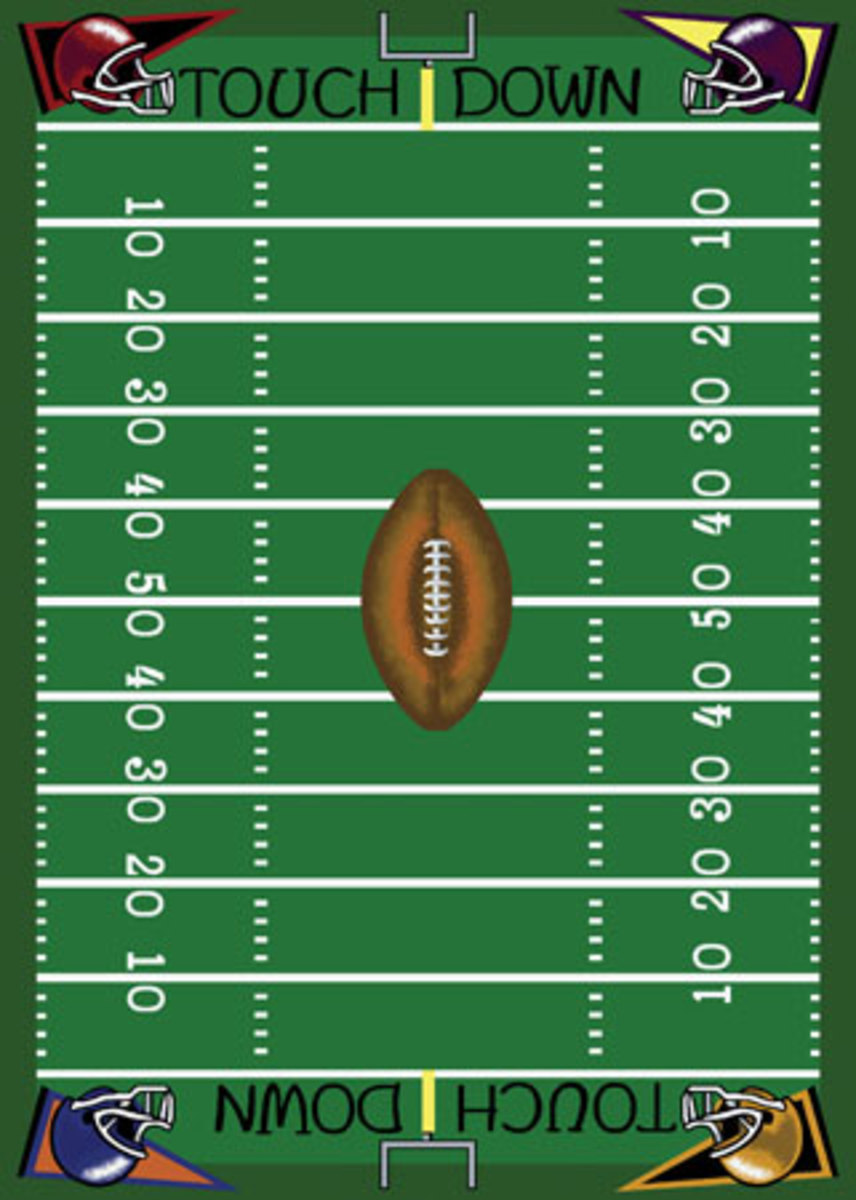Decimals, Fractions, and Word Problems---Do We Need Them?

A Strategy for Word Problems--Decimals and Fractions
When I was in elementary school, my answer to the above question was a resounding No!. I thought anything that had any kinship to numbers had been put on this earth for one reason----to cause trouble for me! In fact, I can still remember the familiar “knot in the stomach” feeling that math class always gave me.
But years later, for various reasons, I found I did need math, so I had to learn all those facts that I thought I would never see again. This time, however, when I learned my math lessons, they stuck with me. Now I don’t go out of my way to do math problems----and if you don’t particularly enjoy math, you probably won’t go out of yours either. That’s no problem----but for the times you find you do need math---whether it’s to help your child with homework, to home school your child, or maybe you are preparing to take the Graduate Record Exam (GRE), and you need to know some basic math. If you find yourself in one of those situations, here are some great tips for learning some basic facts about math, facts that don’t seem so basic---or they didn’t to me---when I first tried to work through them. Here goes.
First of all, when we are learning something new, we should ask, “Do I really need this?” Here are some places we all use decimals.
Everyday Uses of Decimals
- Money! Money! Money! One dollar = 100 pennies = $1.50
- Gas Pump! Gas Price Shown as Decimal = 3.87 or 3.49
- Car’s Odometer – Mileage Shown as a Decimal
- MapQuest Directions: Drive .5 mile-Turn Left on Broad Street
Some More Ways We Use Decimals
- Decimals are Like Fractions: ½ = .50 ¼ = .25
- Decimals: Sometimes Easier to Multiply Than Fractions
- Calculators Always Use Decimals Instead of Fractions
- Decimals Used by Scientists and Engineers: More Precise
- Example: 1/3 or Divide 3/1 = .3333
Word Problems With Decimalss, about 100 of the candies are red and about 50 of the candies are green. In a bag containing 500 candies, about how many candies are not red or green?
For solving word problems, students need a strategy---a plan.Answering certain questions provide guidance in answering the questions that help solve word problems. Here are the questions we must ask.
Ask These Questions
- What is the problem about?
- What are you being asked to find?
- What operations are suggested?
- Estimate the answer.
Answers to the Questions
- M&M Candies
- The number of candies that are not red or green
- Addition to find out how many are red or green.
- Subtraction to find out how many are not red or green.
- More than 250. (fewer than half are red or green
To most of us, these questions and answers may seem obvious, but to a child---or an adult---learning about decimals for the first time, this plan is a lifeline in a sea of confusing words and numbers.
Why get an estimate? Because when we figure an approximate answer mentally and then perform one of the operations (multiply, divide, add, or subtract), we can see if our answer is close to our estimated answer. If our final answer is not close to our estimate, then we need to do something different.
The M & M problem involved addition and subtraction, which were suggested by the clues in the problem.
Teaching a child to ask (and answer) these questions with word problems helps facilitate the working of word problems. An additional lesson would involve learning the specific clues for each operation.
Summary
First of all, when you, or someone you know, is facing word problems for the first time, follow these steps. First ask yourself certain questions. These questions are listed below: After answering the following questions, put the answers together in a logical manner. You are now ready to study various types of word problems----and solve each problem with a minimum of guess work.
- What is the problem talking about?
- What are you asked to find?
- What operation is suggested? (Look at the hints or clues)
- Estimate the answer.
- Use the correct operation and find the answer.









